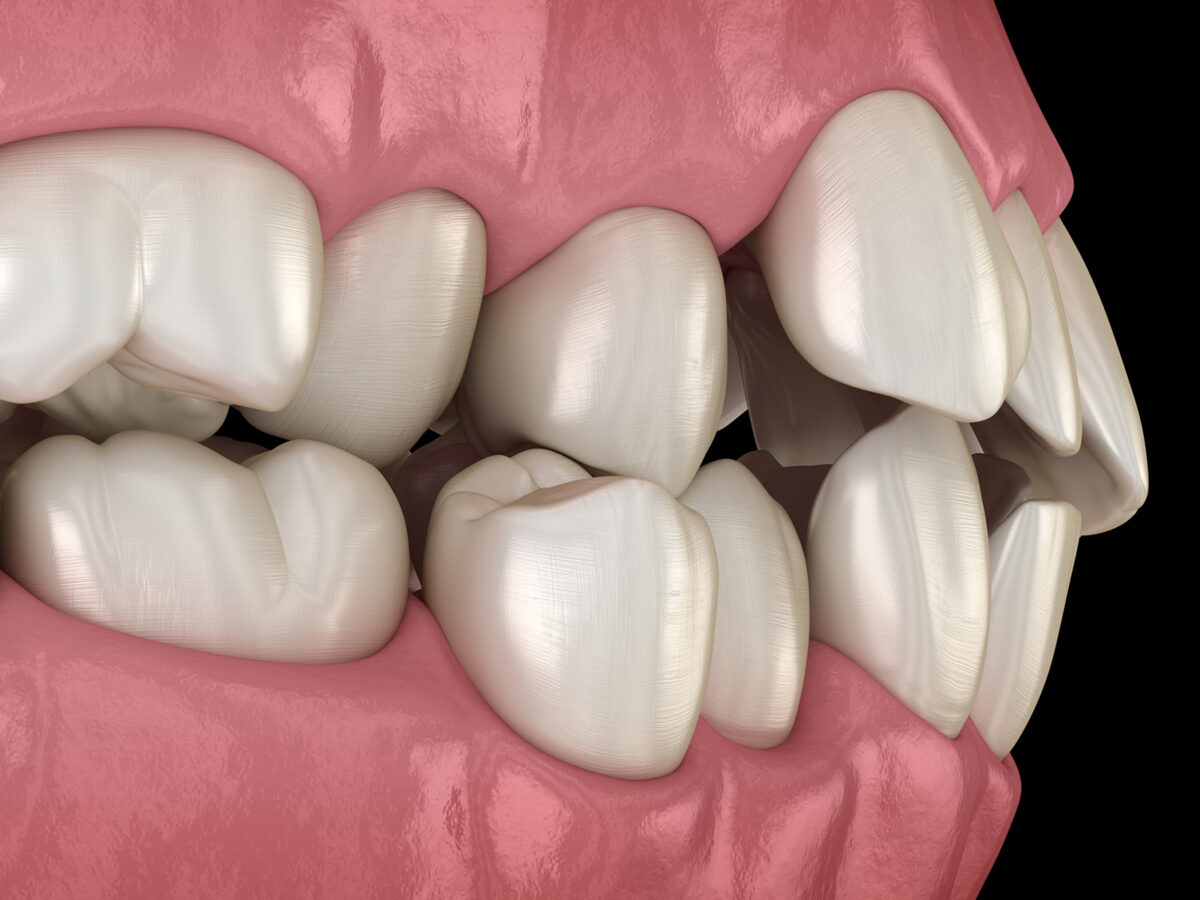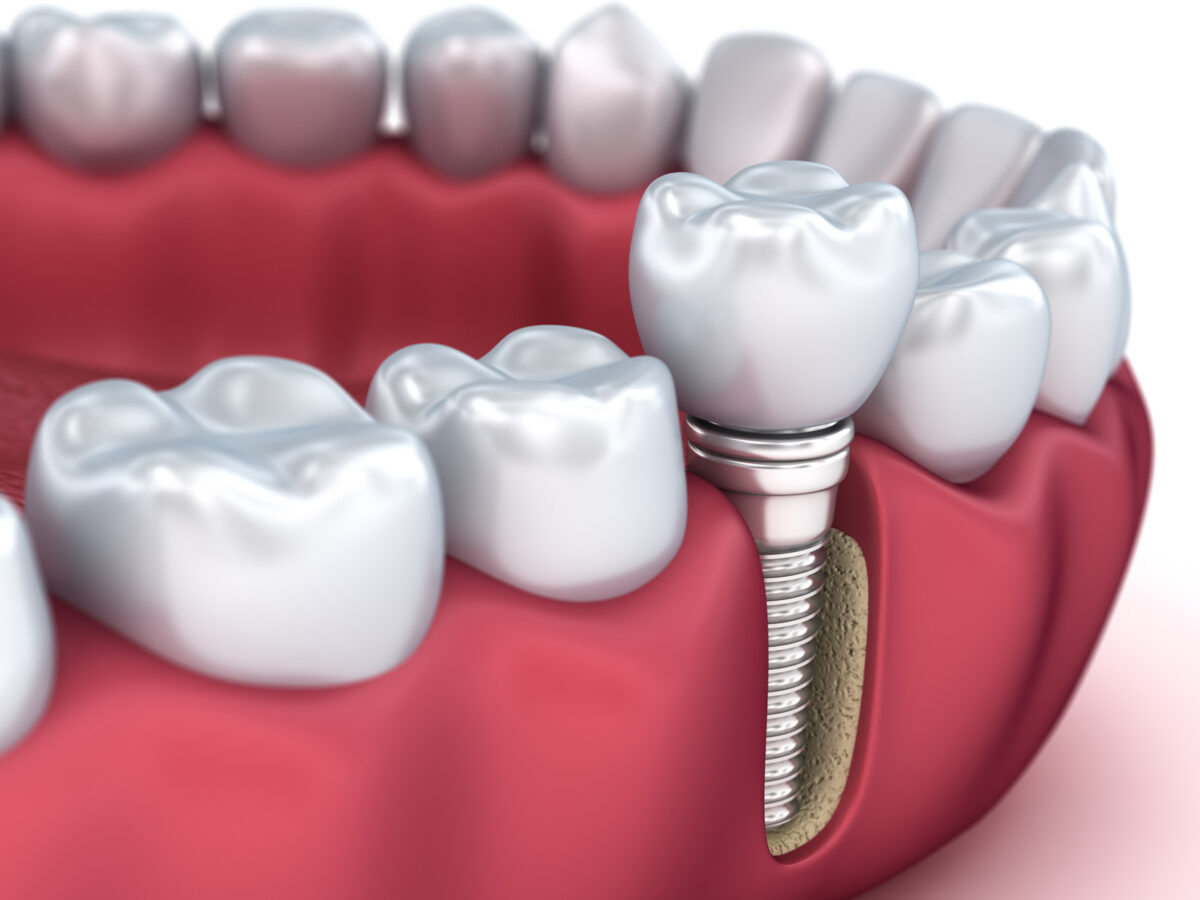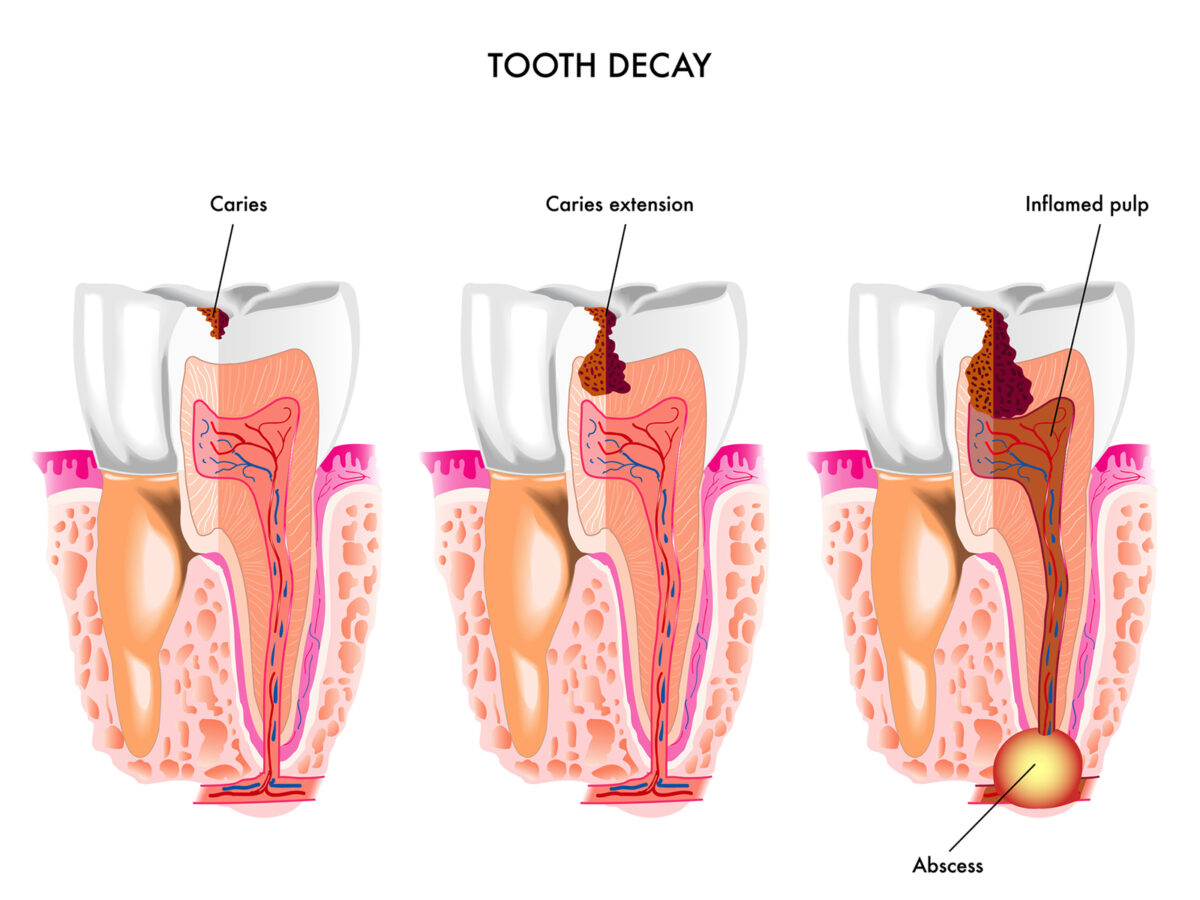Misaligned teeth are also known as malocclusions. Crowding of the teeth (when the jaw cannot accommodate all of the teeth) or thumb-sucking habits cause malocclusion. There are many instances in which hereditary factors and congenital factors cause an incorrect bite. The growth of the face and genetic factors are also important factors. Additionally, in adults, the problem of misaligned teeth occurs due to gum disease (periodontal disease), tooth loss, and wear and tear.
The effects of malocclusion can be functional and aesthetic, affecting chewing, speech, and our smile and confidence. Malocclusion is a prevalent dental condition. It is generally treated with orthodontic treatment in childhood and adolescence, usually involving one or more braces combined with surgery (if required).
Fixing the Misaligned Teeth
Even though teeth can be corrected if they are misaligned, each case will be unique based on different factors like the shape of the mouth, tooth placement, and placement of other teeth. The following methods are usually used to treat misaligned teeth:
- Orthodontic Treatment: Misaligned teeth are treated with orthodontic treatment with a variety of braces. Dentists examine your teeth and determine the type of braces that will be most effective for you. When dentists examine the severity of the case, depending on the condition of the misalignment of the teeth they might suggest fixed braces, internal lingual (hidden) braces, clear aligners like Invisalign, or combinations of them.
- Orthodontic Surgery: For those patients who have significant abnormalities in the growth of their jaws, it is necessary to consider corrective jaw surgery in addition to orthodontic treatment. Even though such conditions are rare, advancements in orthodontic techniques allow the treatment of misaligned teeth without the involvement of jaw surgery.
- Restorative Treatments: Following the use of braces to realign teeth, some restorative work will likely be needed, particularly if the teeth are malformed or small or if the teeth are decayed, worn, or damaged in adulthood. When the teeth alignment is done, you may notice aesthetic issues that were not present before, such as uneven teeth edges or discoloration.
There are often simpler restorative treatments available such as composite bonding, fillings, and teeth whitening, but more significantly, damaged teeth may require veneers or crowns. As soon as the misalignment has been corrected and the issue has been revealed, your dentist will assess the best solution for your teeth.
How much time is required to fix the misaligned teeth?
Every treatment solution and every patient will take a different amount of time. Depending on the cause, condition, and severity of the malocclusion, orthodontic treatments can take six months to three years to succeed.
To maintain your newly straightened teeth, you may also need to wear a retainer after the braces are removed. To prevent your teeth from getting misaligned again, you may need to wear a retainer to prevent them from shifting again.
It is very important to maintain good oral hygiene during the orthodontic treatment, and with any braces, brushing well after every meal or snack is recommended.
It is common for children, teens, and adults to have misaligned teeth. Unless they are causing health problems or low self-esteem, they don’t need treatment. You can decide whether or not you want to fix misaligned teeth. Go to your dentist for the best solution.
Schedule your appointment with a dentist today and get the treatment on time!




